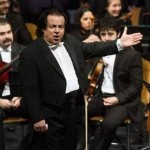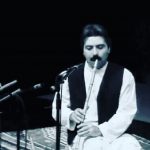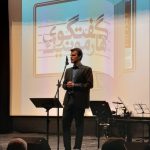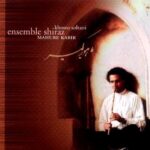
Innovation and Creativity
The Enlightenment era championed innovation, creativity, and the relentless pursuit of knowledge, values that resonate prominently in Mozart’s string quartets. Mozart, a luminary of the Enlightenment, used the quartet form as a playground for his inventive spirit, pushing the boundaries of traditional structures and harmonic progressions.
Mozart’s innovative approach is evident in the unexpected twists, inventive melodic lines, and daring harmonies found throughout his quartets. This spirit of exploration aligns with the Enlightenment’s encouragement of intellectual curiosity and the courage to challenge established norms. The quartets become a sonic manifestation of the Enlightenment’s ethos—where creativity and innovation are celebrated as essential elements of progress and human development.
The string quartet genre, with its intimate setting and four distinct voices, provided Mozart with a unique canvas for experimentation. His quartets exhibit a fusion of technical brilliance and creative flair, showcasing a composer unafraid to break with convention. This boldness reflects the Enlightenment’s call for individuals to question, explore, and contribute new ideas to society.
Moreover, Mozart’s willingness to venture into uncharted musical territory reflects the Enlightenment’s belief in the power of human agency to shape and transform the world. By pushing the boundaries of musical expression, Mozart not only demonstrated his mastery of the craft but also contributed to the Enlightenment’s broader narrative of progress through human ingenuity.
In examining Mozart’s string quartets, one witnesses the embodiment of Enlightenment ideals—innovation, creativity, and the relentless pursuit of artistic excellence. Through his musical innovations, Mozart stands as a testament to the Enlightenment’s commitment to the belief that the exploration of new ideas, both in art and in thought, is the key to advancing society and expanding the boundaries of human understanding.
Top of Form
Universal Language
A distinctive feature of Mozart’s string quartets lies in their ability to transcend cultural and societal boundaries, embodying the Enlightenment aspiration for a universal language. The Enlightenment sought to create a shared understanding that could unite people across diverse backgrounds, and Mozart’s music achieves precisely this, appealing to audiences across different times and places.
The string quartets serve as a testament to Mozart’s mastery of a universal musical language. His compositions resonate with listeners regardless of nationality or cultural context, echoing the Enlightenment’s vision of a common human experience. The inherent beauty and emotional resonance found in the quartets create a space where individuals from varied backgrounds can connect on a profound and shared level.
Mozart’s ability to craft music that speaks to the human soul, transcending linguistic and cultural barriers, aligns with the Enlightenment’s pursuit of a universal philosophy and expression. The quartets become a musical manifestation of the Enlightenment belief in the potential for shared understanding and harmony among diverse individuals.
Furthermore, the notion of a universal language in Mozart’s quartets extends beyond the notes themselves. The dialogues between instruments, the ebb and flow of emotions, and the intricate harmonies communicate a language that is universally comprehensible. This aligns with the Enlightenment’s call for the creation of a shared discourse that could foster understanding and unity in a world marked by diversity.
In summary, Mozart’s string quartets, with their universal appeal and capacity to speak to the hearts of people across time and place, encapsulate the Enlightenment’s ideals of a common human language. Through his music, Mozart contributes to the Enlightenment’s vision of a world where art and knowledge serve as bridges, connecting individuals in a shared celebration of the beauty and complexity of the human experience.








